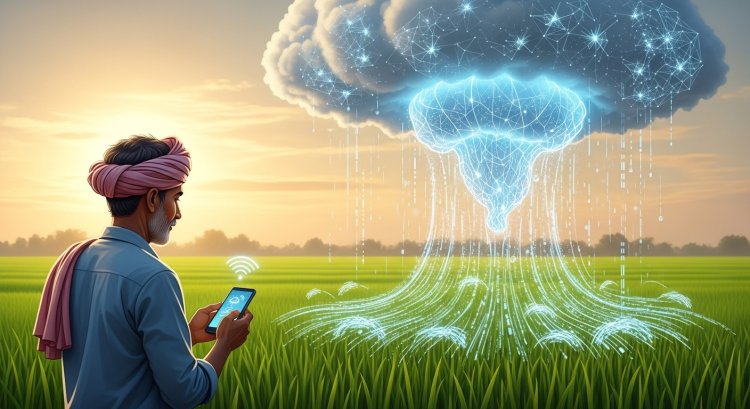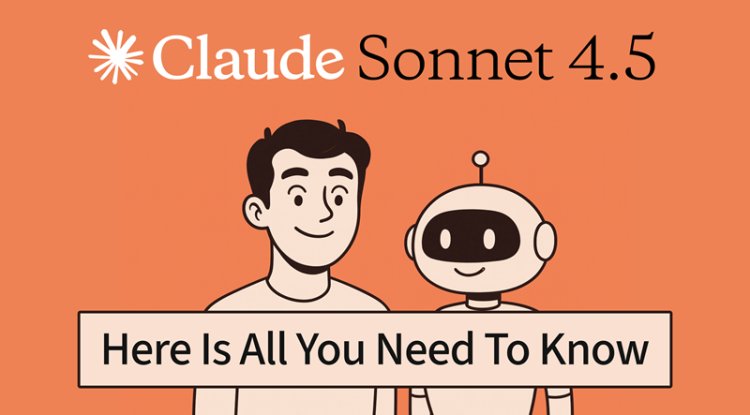How Google's NeuralGCM AI is Revolutionizing Monsoon Forecasts for 38M Indian Farmers
Discover how Google's NeuralGCM AI is delivering highly accurate, advanced monsoon forecasts to 38 million Indian farmers, helping them plant smarter, boost yields, and build climate resilience

This past summer, a quiet revolution bloomed in India's fields. Thirty-eight million farmers—a massive community depending on timely rain—received advanced, AI-powered forecasts about the crucial monsoon season. This wasn't just a weather report; it was a tool that allowed them to make smarter, more informed decisions about the exact moment to plant their crops.
The backbone of this successful forecast is NeuralGCM, a breakthrough model developed by Google Research. For years, accurate weather and climate prediction has been an immensely costly and complicated task, often requiring the brute force of a supercomputer. Google's team set out to change that, creating a system that blends traditional, physics-based modeling with the power of machine learning.
A Smarter Way to Predict the Weather
NeuralGCM is a game-changer because it's not purely reliant on hard-coded physics equations. Instead, this AI is trained on decades of historical weather data, allowing it to infer complex patterns and learn from past events while still respecting the underlying science. Crucially, it's designed to be remarkably efficient—it can run on a single laptop. This accessibility makes high-quality forecasting a reality for scientists and researchers who don't have access to massive computing centers.
An Impactful Partnership with the University of Chicago
When Google open-sourced NeuralGCM, they hoped researchers would use it to power innovative applications. The University of Chicago's Human-Centered Weather Forecasts Initiative answered that call, recognizing one of the most critical and challenging decisions facing farmers across the tropics: when to put the seed in the ground.
Hundreds of millions of smallholder farmers in India rely on knowing when the monsoon will arrive. Historically, predicting the exact start of the rainy season, especially at a local level and with long lead times, has been a century-old problem that defied solutions.
After rigorous testing of several AI weather models, the University of Chicago team found their champion: NeuralGCM. By expertly blending it with other advanced models (like the European Centre for Medium-Range Weather Forecasts' AIFS) and historical data, they created a powerful forecasting engine. It accurately predicted the onset of the Indian monsoon up to a full month in advance, even successfully capturing an unusual dry spell that occurred mid-season.
Real-World Change, Delivered by SMS
Working hand-in-hand with the Indian Ministry of Agriculture and Farmers' Welfare, this pioneering blend of AI models successfully delivered tailored, advanced forecasts directly to 38 million farmers via SMS message this summer.
This initiative proved vital when the monsoon was unusually delayed. Farmers were empowered to proactively adjust their entire planting strategy: knowing whether to wait, if they needed to switch to a different crop, or whether to buy more seeds.
The impact isn't just theoretical. Existing research from the University of Chicago demonstrates that giving farmers an accurate forecast a month in advance allows them to perfectly align their decisions with the coming weather, leading to drastically improved outcomes. Their study found that advanced forecasts can lead to an almost doubling of a farmer's annual income.
This project stands as a powerful testament to how fundamental AI technology, born in the lab, can translate into real-world solutions—ultimately helping communities around the globe build essential climate resilience.
What's Your Reaction?

















